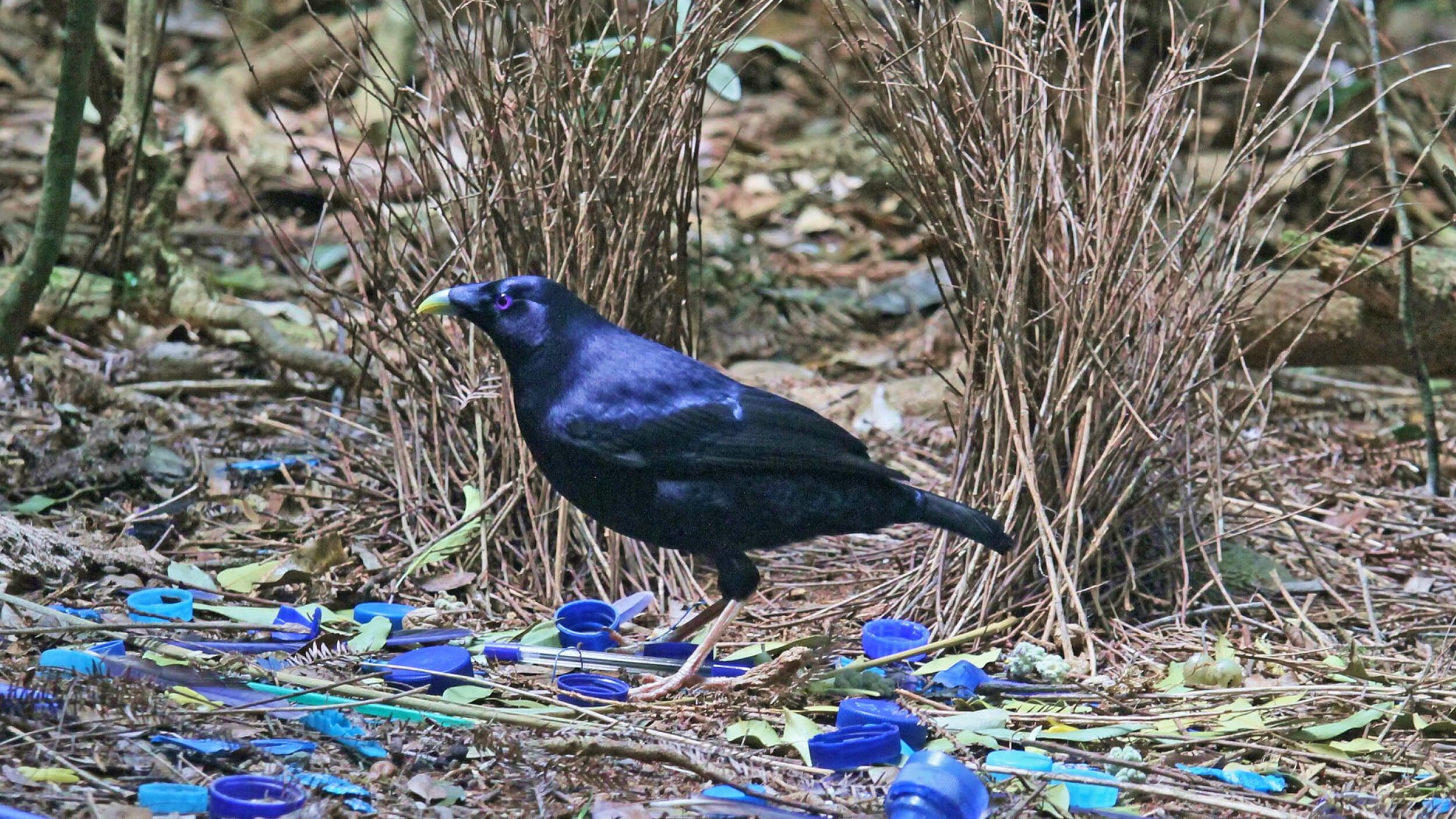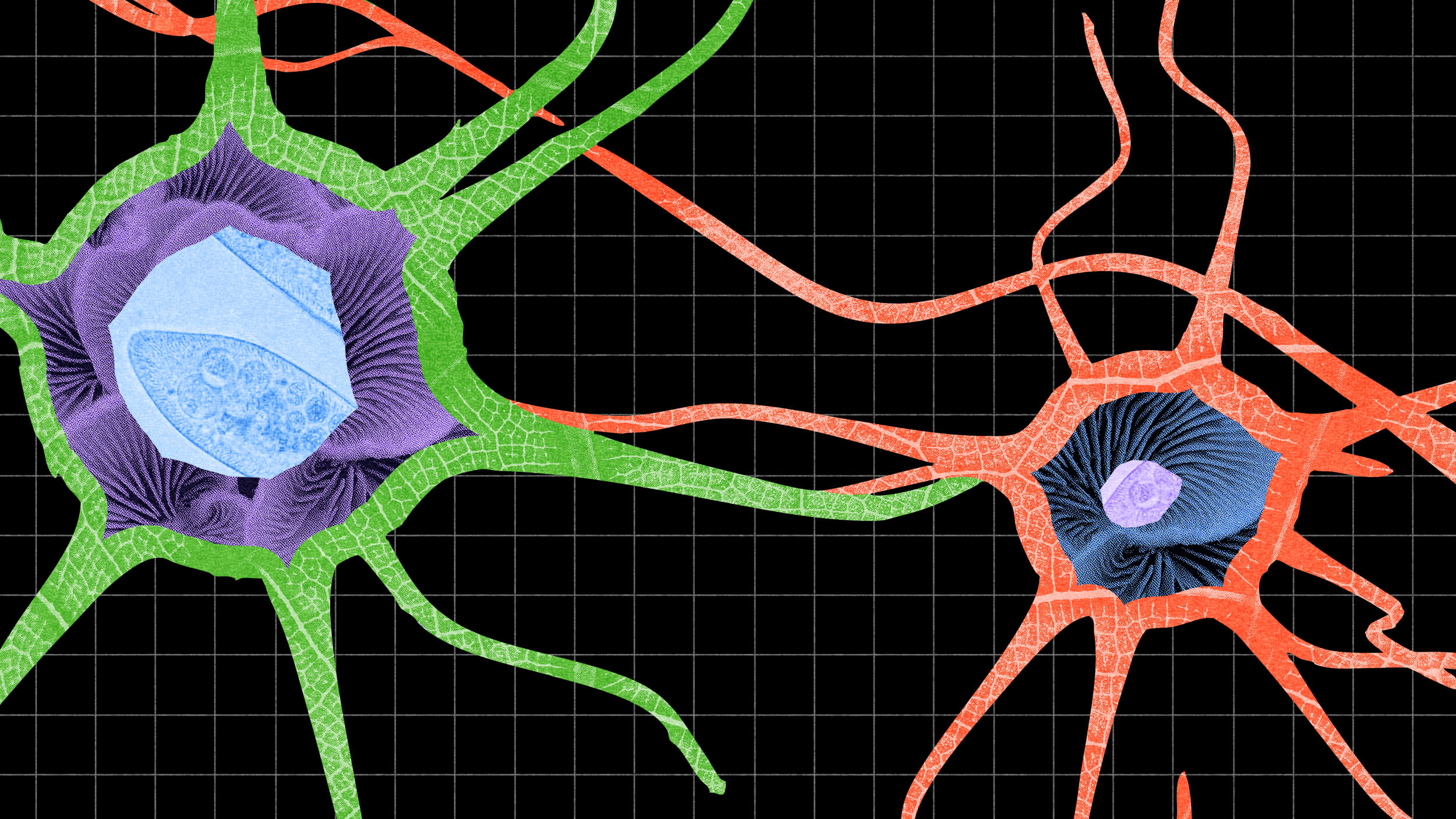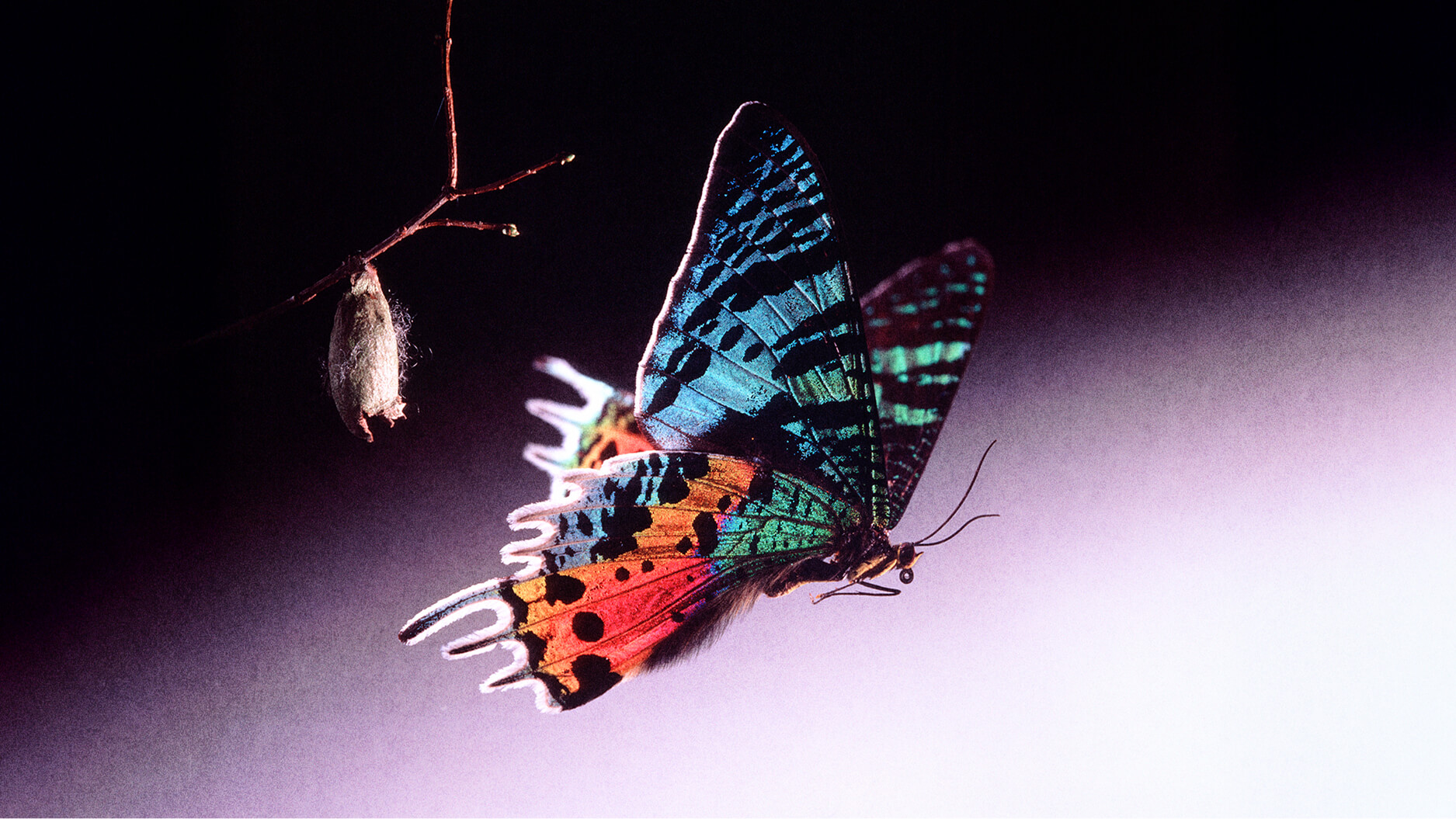Question: How is the green movement a mirage?
Daniel Goleman: Well, my book, “Ecological Intelligence,” actually documents the rise of a new scientific discipline called industrial ecology, which studies the point at which industrial systems impact ecosystems. It’s industry into nature. And it was developed in a collaboration by ecologists, industrial designers, industrial engineers, chemists and so on, who look in a very fine grain way how, for example, least ingredient in this product when it’s boiled at 2,000 degrees for 24 hours emits these particular pollutants, effects the workers in the vicinity in this way, does so and so to global warming.
In other words, what they have done is develop a very, very precise metric for how everything that we make and buy and use has a back story and a story going forward of huge myriad number of impacts that we have no idea about; which we need to know because in a way, that’s the most important thing about them. If you look at a glass bottle, it has, from their point of view, 1,959 discrete steps from beginning to end, each one of which can be assessed for environmental, health, and social impacts in multiple dimensions.
So if you take one thing from 1,959 and you improve it and you call it green, you still have 1,958 left. So from that perspective, the green is a mirage. I bought a t-shirt that’s organic cotton. Well, it’s great that it’s organic cotton, everything we do in that direction helps. Because it’s organic, they didn’t use chemical fertilizers, which means that they don’t have nitrogen running off into rivers and ponds, they don’t have eutrophication, they’re not killing lakes and so on. They don’t use pesticides so they don’t put those poisons into the atmosphere.
But on the other hand, it’s a blue t-shirt, it’s a dyed t-shirt, and almost all textile dyes are carcinogens. It’s been long known that workers in dye factories have a higher rate of leukemia. So in one regard, it’s great. Another regard, we have a lot more to take care of.
Question: How can we better understand consumption?
Daniel Goleman: Well, I didn’t really plan on writing this book. It kind of overtook me because of a long-standing concern I’d had.
In the ‘80s, I wrote a book called “Vital Lies”. It’s about self-deception and collusion. And then, the forward to that book, I say the biggest collusion is that although we decry--at that time, it was not global warming, it was acid rain, it was the inexorable destruction of the Amazon basin and so on.
What we don’t seem to connect is how the things we buy and use are driving--those very problems. And I said, if this hamburger came from beef that was raised on the cleared forest of the Amazon and another set of hamburger was organic and raised in a way that didn’t harm nature so much, we could make a wise choice but we couldn’t know then.
Then, in the last few years, I start to hear about new breakthroughs in information technology that allow us to know… as we’re about to buy something, that whole complex back story and have it summarize for us in a neat metric. There’s something called Good Guide, guide, not guy, .com, which assesses the multitude of consumer products in terms of life cycle assessment, this sophisticated methodology, compares them. You want to buy some shampoo, you want a shampoo that has the least chemicals of concern. It’s a kid shampoo, you worry about what you put on your kid’s hair. Chemicals get absorbed in the body. They become part of what’s called our body burden. They accumulate and they seem to have a role in disease factors, turns out. So you want to buy the safest shampoo. There are 15 ingredients in shampoo. But those ingredients, now, have all been matched to findings in medical databases to see if, well, does this chemical cause cancer in rats, lab rats. If it does, maybe you don’t want to put it on your kid, maybe you want the shampoo that has the least of this. Good Guide ranks shampoos.
Also, another wonderful website called Skin Deep for personal care products. They rank them in terms of which have the least chemicals of concern, which are the safest. And we can know that now very simply as we’re about to buy something, which gives us a whole new kind of freedom.
Recorded on: April 22, 2009






